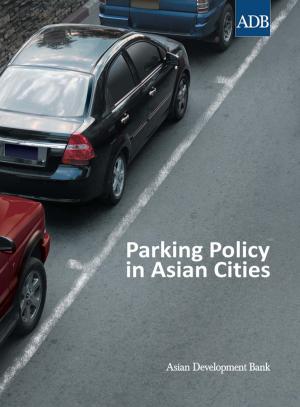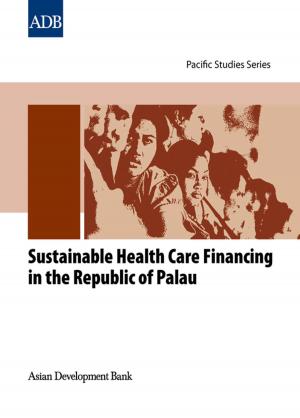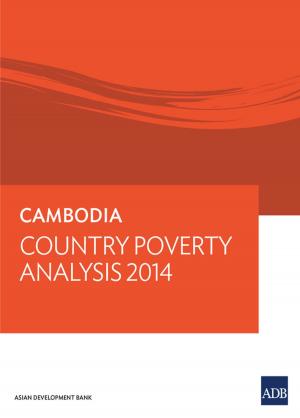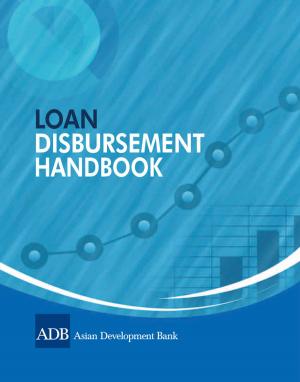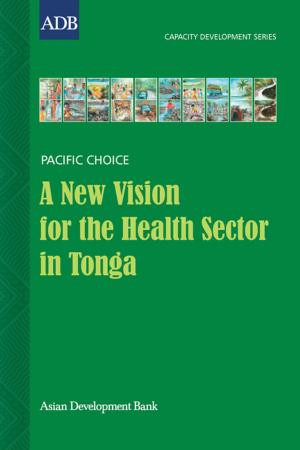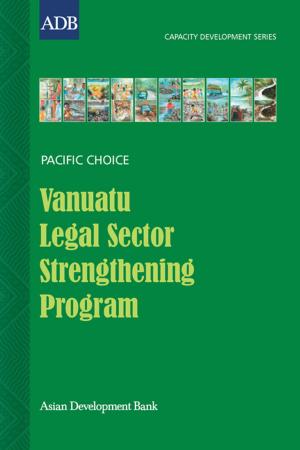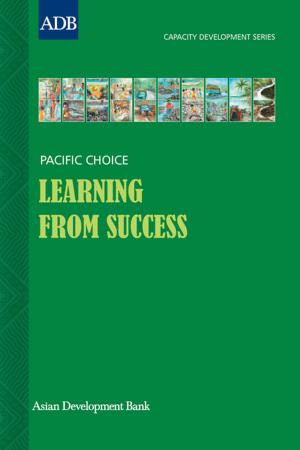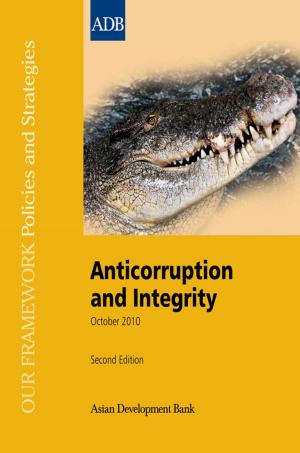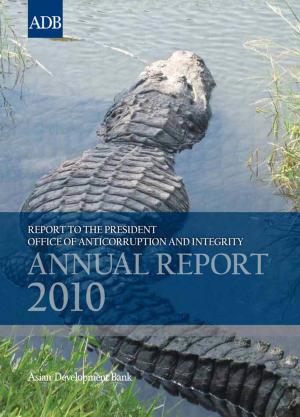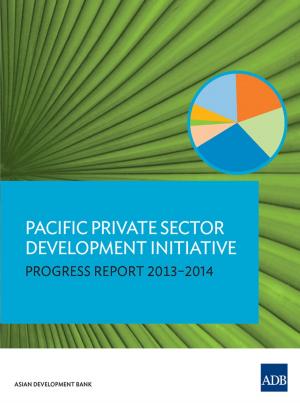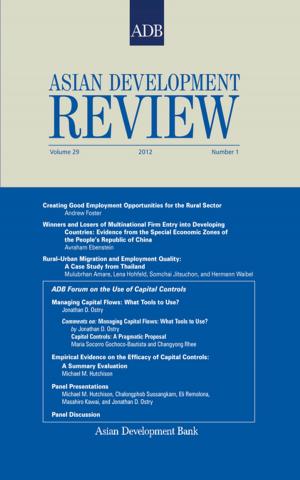Environment Operational Directions 2013-2020
Business & Finance, Economics, Sustainable Development, Economic Development| Author: | Asian Development Bank | ISBN: | 9789292540388 |
| Publisher: | Asian Development Bank | Publication: | April 1, 2013 |
| Imprint: | Asian Development Bank | Language: | English |
| Author: | Asian Development Bank |
| ISBN: | 9789292540388 |
| Publisher: | Asian Development Bank |
| Publication: | April 1, 2013 |
| Imprint: | Asian Development Bank |
| Language: | English |
In the context of Strategy 2020 and in the follow-up to the United Nations Conference on Sustainable Development (Rio+20), ADB prepared the report Environment Operational Directions, 2013–2020. The report aims to provide a coherent overview of its environment operations and to articulate how it will step up efforts to help the region achieve a transition to environmentally sustainable growth or green growth. Building on ADB sector and thematic plans, this paper provides a brief review of recent ADB experience in environment operations, and identifies effective approaches for the development of “greener” country partnership strategies, investment projects, and associated knowledge and technical assistance activities. In order to promote the transition to green growth, and address the causes and consequences of climate change, four mutually supportive environment operational directions have been identified: Promoting a shift to sustainable infrastructure; Investing in natural capital; Strengthening environmental governance and management capacity; and Responding to the climate change imperative. Climate Change and Green Asia The paper is aligned with key elements of relevant ADB sector and thematic operational plans, particularly for sectors where environmental sustainability is a priority. These include the Sustainable Transport Initiative Operational Plan, the Urban Operational Plan, the Water Operational Plan, the Energy Policy, and the Sustainable Food Security Plan, as well as the Climate Change Strategic Priorities. With respect to implementation, the paper identifies six supporting modalities: mainstreaming environment into ADB operations, promoting regional cooperation, building and maintaining strategic partnerships, developing and sharing knowledge solutions, implementation arrangements; and mobilizing and channeling resources. ADB’s annual development effectiveness review will report on the progress of the environment operational directions, specifically with regard to the environment-relevant indicators in the ADB results framework.
In the context of Strategy 2020 and in the follow-up to the United Nations Conference on Sustainable Development (Rio+20), ADB prepared the report Environment Operational Directions, 2013–2020. The report aims to provide a coherent overview of its environment operations and to articulate how it will step up efforts to help the region achieve a transition to environmentally sustainable growth or green growth. Building on ADB sector and thematic plans, this paper provides a brief review of recent ADB experience in environment operations, and identifies effective approaches for the development of “greener” country partnership strategies, investment projects, and associated knowledge and technical assistance activities. In order to promote the transition to green growth, and address the causes and consequences of climate change, four mutually supportive environment operational directions have been identified: Promoting a shift to sustainable infrastructure; Investing in natural capital; Strengthening environmental governance and management capacity; and Responding to the climate change imperative. Climate Change and Green Asia The paper is aligned with key elements of relevant ADB sector and thematic operational plans, particularly for sectors where environmental sustainability is a priority. These include the Sustainable Transport Initiative Operational Plan, the Urban Operational Plan, the Water Operational Plan, the Energy Policy, and the Sustainable Food Security Plan, as well as the Climate Change Strategic Priorities. With respect to implementation, the paper identifies six supporting modalities: mainstreaming environment into ADB operations, promoting regional cooperation, building and maintaining strategic partnerships, developing and sharing knowledge solutions, implementation arrangements; and mobilizing and channeling resources. ADB’s annual development effectiveness review will report on the progress of the environment operational directions, specifically with regard to the environment-relevant indicators in the ADB results framework.

